Collaboration in the Caribbean – One Island’s Volcanic Ash Could Enrich Another Island’s Soil
Student and teacher John Mussington examining eggplant fruits to determine growth differences between plants grown in soil mixed with Monserrat volcanic ash vs the control.
A review of Chapter 19 from Geotherapy: Innovative Methods of Soil Fertility Restoration, Carbon Sequestration, and Reversing CO2 Increase.
In the Caribbean, two islands face economic and agricultural challenges due to their unique geology. Montserrat suffered a major eruption of the Soufrière Hills volcano in 1995, which covered much of the island in ash and rendered the land unavailable. Two thirds of the population fled the island, and to this day over half of Montserrat is classified as an exclusion zone due to volcanic activity. The exclusion zone cannot be resettled at this time. The nearby island of Barbuda consists of a terrain of coral limestone, which limits agricultural productivity and requires the use of unsustainable slash-and-burn techniques. Fortunately for both of these islands, it is possible that each can utilize its individual obstacles to address the other’s needs.
“Soil Remineralization Trial: Preliminary Effects of Montserrat Volcanic Ash on Barbuda Limestone Soils,” which is Chapter 19 of Geotherapy: Innovative Methods of Soil Fertility Restoration, Carbon Sequestration, and Reversing CO2 Increase, investigates the potential of volcanic ash from Montserrat to remineralize the limestone soils in Barbuda to improve the productivity of land use on these two Caribbean islands.
Dr. Thomas J. Goreau is currently leading a project to remineralize soils in Barbuda. Dr. Goreau has spent decades conducting research in the Caribbean (you can watch him discussing some of this work in this video of a speech he gave at the Biodiversity for a Livable Climate conference: “Restoring Ecosystems to Reverse Global Warming,” Saturday November 22nd, 2014 and this video of an interview he gave at the Global Symposium on Soil Organic Carbon (GSOC17) conference in Rome, and you can read about more of his work here and here). He is aware of the challenges each island faces and is interested in studying the impact of volcanic ash on plant growth.
Dr. Goreau decided to base the project at the Sir McChesney George Secondary School of Barbuda, giving students there an opportunity to carry out and evaluate biology experiments. In addition, the project helped the students become more involved in their community. For the project, Dr. Goreau brought volcanic ash from Montserrat to the school and instructed 25 students through the research process.
To begin, students went to the school garden and gathered seeds from a variety of plants: okra, spinach, hot pepper, season pepper, and eggplant. They germinated these seeds into seedlings and selected 20 seedlings from each type of plant for use in the research experiments. For each plant type, they randomly transplanted 10 seedlings into Barbudan soil and 10 seedlings into Barbudan limestone soil combined with Montserrat’s volcanic ash. In the majority of trials, volcanic ash was mixed with Barbudan soil in a 1:9 ratio. For six weeks, the students were responsible for nurturing the seedlings to maturity and collecting data on their development. They recorded differences in height, weight, growth rate, and fruit yield.
The preliminary results from Dr. Goreau’s student-run research project are promising. Although some results from the project were inconclusive, soils mixed with volcanic ash appear to have a significant positive impact on plant development. Eggplants grown in a mixture of soil and volcanic ash grew faster and produced higher quantities of fruit than those grown in untreated soil. Additionally, hot pepper plants grown in the mixture of soil and volcanic ash produced a larger yield with larger fruits, and season peppers in the soil-and-ash mixture also displayed an increased growth rate. These results suggest that a mixture of volcanic ash from Montserrat and soil from Barbuda can dramatically improve agricultural productivity.
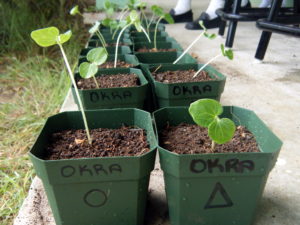
Trial Set Up – 10 plants in pots with unmixed soil and 10 plants in pots with limestone soil mixed with volcanic ash. (Click to enlarge)
Dr. Goreau and his team of secondary school researchers hope to continue these soil studies. In the future, they plan to conduct their study on a larger scale. They are interested in testing the impact of a mixture of soil and volcanic ash on different species of plants, particularly those that can serve as agricultural staples.
If this research continues to show promising results, remineralization could solve the islands’ challenges by harnessing the power of currently unused land in Montserrat and increasing agricultural productivity in Barbuda. Although there is more work to be done, this research has already succeeded by engaging young students and helping them to develop a more sustainable future for their community.
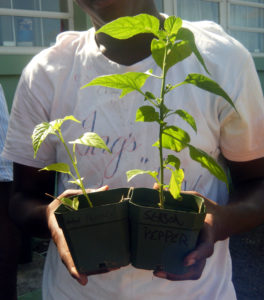
Season peppers after 3 months. The larger plant is growing in limestone soil mixed with volcanic ash on the right vs the control on the left. (Click to enlarge)
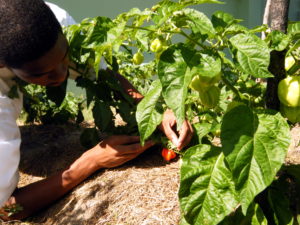
Hot pepper plants and fruits being examined for differences in fruit yield and quality. (Click to enlarge)
Emily Schaefer graduated from the College of William & Mary in 2017 with a B.S. in Biology and a secondary major in English. As an undergraduate, she performed research on seastar fertilization in a marine ecology lab. Her passion for biological studies and writing has led her to pursue science communication. Ultimately, she wants to use storytelling to make science accessible to as many people as possible. She believes science education allows us to appreciate our role in the environment and inspires us to positively impact our world. She is excited to be working toward a more sustainable and environmentally-friendly future with Remineralize the Earth.
References
- Mussington (2015) “Soil Remineralization Trial: Preliminary Effects of Montserrat Volcanic Ash on Barbuda Limestone Soils,” Geotherapy: Innovative Methods of Soil Fertility Restoration, Carbon Sequestration, and Reversing CO2 Increase. (Eds.) T. Goreau, R. Larson, and J. Campe. CRC Press (Boca Raton, FL).
Linked Videos
“Thomas Goreau – The Down-to-Earth Solution to Global Warming: How Soil Carbon Sequestration Works,” https://youtu.be/oTMiii-BRtU
“Interview with Thomas Goreau #GSOC17,” https://www.youtube.com/watch?v=b9dbyU___LA
Linked Articles
“Outstanding Results of Dr. Goreau’s Rock Dust Trials in Panama at SER2011,” https://www.remineralize.org/2011/08/outstanding-results-of-dr-goreaus-rock-dust-trials-in-panama-at-ser2011-2048/
“Live Coverage of the Global Symposium on Soil Organic Carbon #GSOC17” https://www.remineralize.org/2017/03/live-coverage-of-the-global-symposium-on-soil-organic-carbon-gsoc17/
Support us on Patreon
Thank you for joining us today! Please become a member of RTE and support us on Patreon. Unlike many larger organizations, we work with a team of determined and passionate volunteers to get our message out. We aim to continue to increase the awareness of remineralization to initiate projects across the globe that remineralize soils, grow nutrient dense food, regenerate our forests’ and stabilize the climate – with your help! If you can, please support us on a monthly basis from just $2, rest assured that you are making a big impact every single month in support of our mission. Thank you!

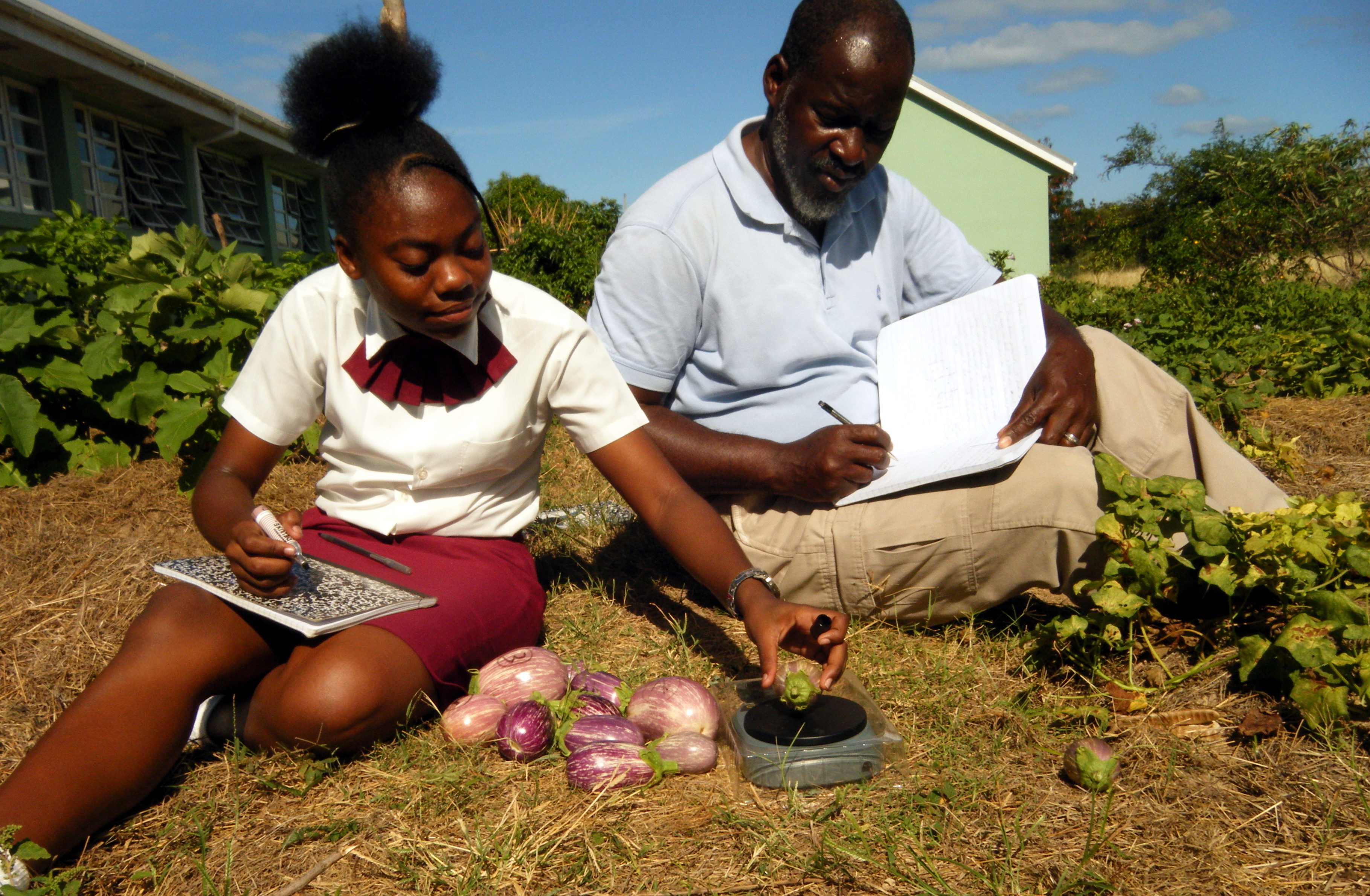
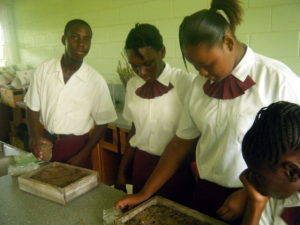
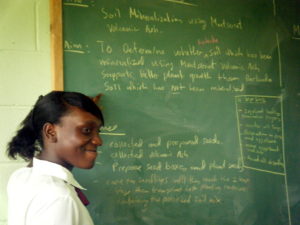
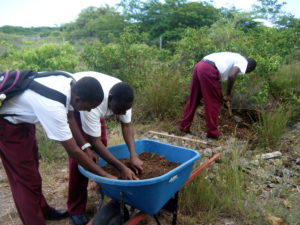
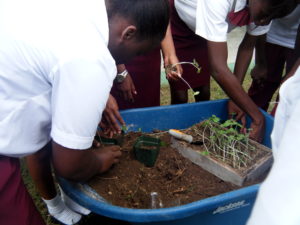
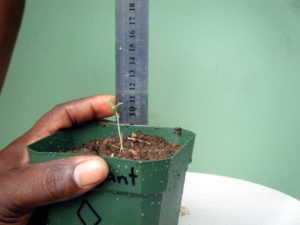
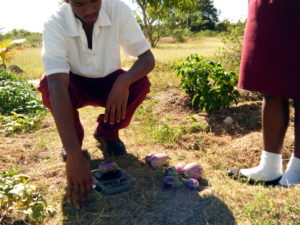
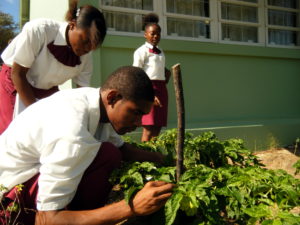






George Wesler
March 14, 2023 (2:11 am)
Wow! That’s very impressive science.
Volcanoes likely bring tons of minerals, especially trace minerals, from deep within the Earth’s crust/mantle, and send them soaring into the sky in those impressive plumes.
The volcanic material then gets dispersed in the air, eventually around the globe. Over time, that dust will descend, helped perhaps by precipitation, or simply gravity, and settles on soil.
The scattered inorganic minerals and trace minerals will, in time, become absorbed by the soil biome (bacteria, etc.,) which make the minerals hydrophilic and, therefore, easily taken up by plants.
The plants then grow better because they have the necessary trace minerals to help catalysts and enzymes work better in biochemical processes. That likely explains the larger plants in the trials.
Then, the extra nutrients are absorbed by herbivorous and omnivorous (humans) animals, so they are better nourished, too. And so on up the food chain.
Everything benefits from rich soils. Hardly any research is done about volcanic ash. But that, and glacial deposits, are probably the best sources to remineralize the world’s depleted farm soils.
Humans can fix the soils if there is a will. You show a great way to help kids learn biology. They are our future, and will, hopefully, help humankind to prosper.